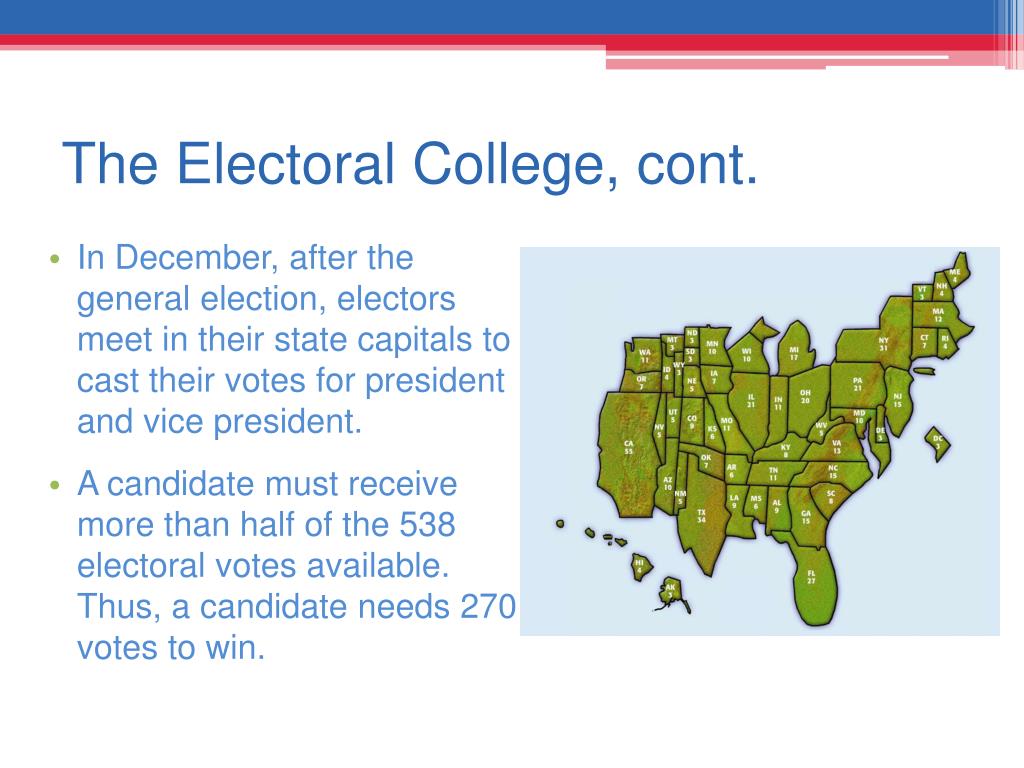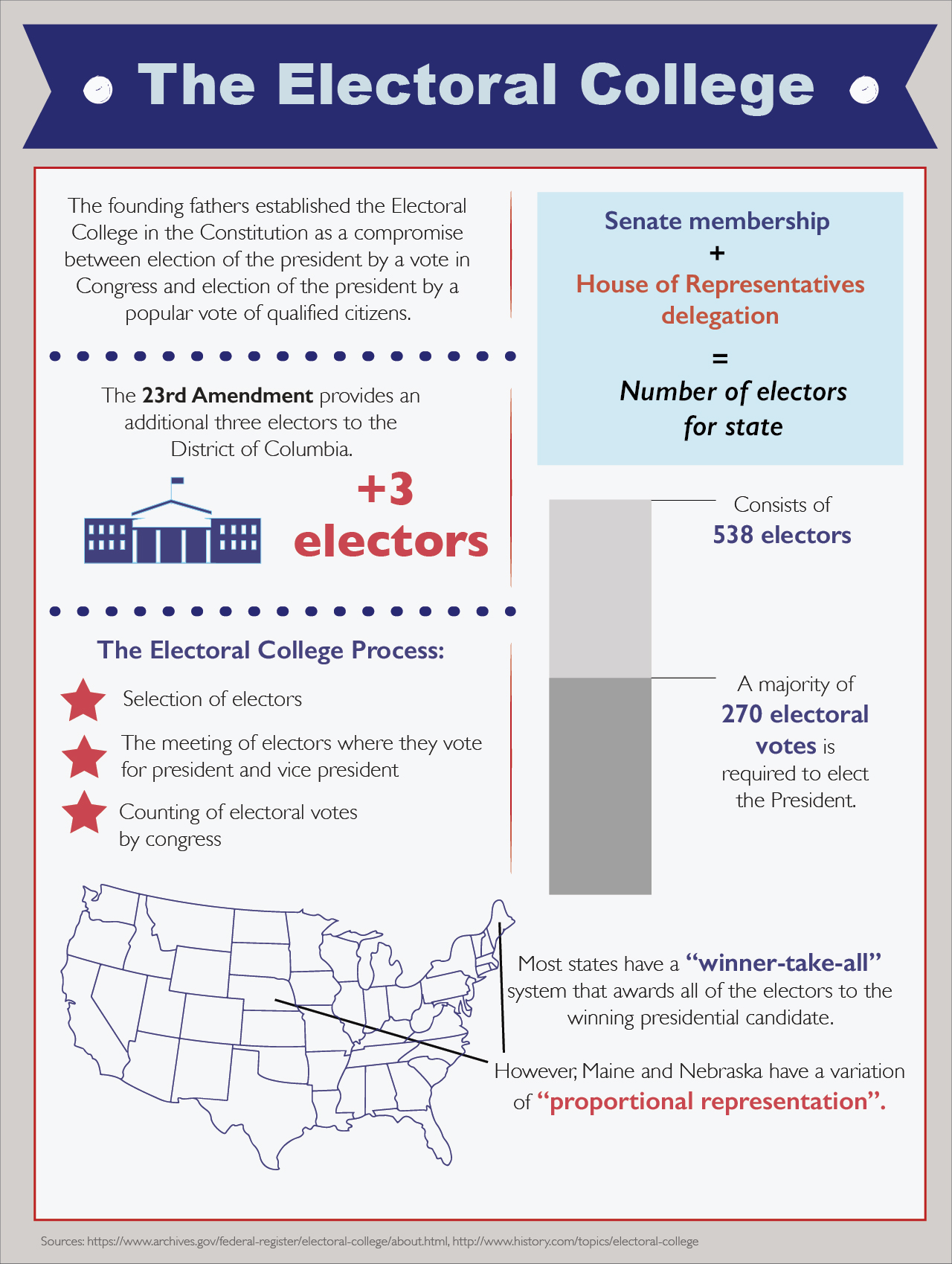

However, the above embargo, with the passage of time, resulted in wide disparities in the electorates of almost all Parliamentary and Assembly constituencies, affecting the principle of ‘one man, one vote, one value’. The rationale underlying such embargo was that some of the states which were implementing the population control measures more vigorously felt that they might lose some representation in the Lok Sabha and state Legislative Assemblies on the basis of 19 population figures vis-à-vis those states which were not so effective in population control.

This led to a few discrepancies in the size of constituencies. However, under a constitutional amendment of 1976, delimitation was suspended until after the census of 2001, so that states' family-planning programmes would not affect their political representation in the Lok Sabha and Vidhan Sabhas. Boundaries are meant to be readjusted after the ten-yearly census to reflect changes in population, for which Parliament by law establishes an independent Delimitation Commission, made up of the Chief Election Commissioner and two judges or ex-judges from the Supreme Court or High Court. HOW THE CONSTITUENCY BOUNDARIES ARE DRAWN UPĭelimitation is the redrawing of the boundaries of parliamentary or assembly constituencies to make sure that there are, as nearly as practicable, the same number of people in each constituency. VALID VOTES POLLED IN THE COUNTRY (INCLUDING SERVICE-VOTES ) : 5478000 TOTAL ELECTORS IN THE COUNTRY (INCLUDING SERVICE - ELECTORS ) : 834082814 Votes Rejected due to other Reasons (At Polling Station)Īverage No. of Postal Ballot received in time and counted of General Electors who Voted at Polling Stations
ELECTORAL PROCESSES DEFINITION PLUS
Not more than 250 members (243 at present) 12 members are nominated by the President under Article 80 of the Constitutionĥ43 members plus 2 members of the Anglo-Indian community, nominated by the President under Article 331 of the ConstitutionĦ6.44% (against 58.19% in 2009) 55.41 crore voters (against 41.72 crore in 2009)

All the twenty nine States and two of the seven Union Territories have their own assemblies - Vidhan Sabhas. The Federal Democratic Republic of India has thirty six constituent units.

The country has been divided into 543 Parliamentary Constituencies, each of which returns one MP to the Lok Sabha, the lower house of the Parliament. Apart from the above, two out of the seven Union Territories, namely, National Capital Territory of Delhi and Puducherry, also have their Legislative Assemblies. State legislatures consist of the Governor and two Houses - Legislative Council and Legislative Assembly - in seven states, namely, Andhra Pradesh, Telangana, Bihar, Jammu & Kashmir, Karnataka, Maharashtra and Uttar Pradesh, and of the Governor and the state Legislative Assembly in the remaining 22 states. India, being a Union of states, has separate state legislatures for each state. Parliament consists of the President of India and the two Houses - Rajya Sabha and Lok Sabha. The Constitution of India adopted a Parliamentary form of government. The Supreme Court has held that democracy is one of the inalienable basic features of the Constitution of India and forms part of its basic structure. The concept of democracy as visualised by the Constitution pre-supposes the representation of the people in Parliament and State legislatures by the method of election. Democracy runs like a golden thread in the social, economic and political fabric woven by the Constitution given by ‘We, the People of India’ unto ourselves. India is a sovereign, socialist, secular, democratic republic.


 0 kommentar(er)
0 kommentar(er)
